A golfers' paradise
From June of 1932, when he arrived in Tokyo, until the war between the United States and the Empire of Japan began in December 1941, Joseph Grew served as the United States Ambassador to Japan.
I read his Ten Years in Japan about this period, and to my surprise, I found the book contained plenty of anecdotes about golf. Of course it is mostly about diplomatic affairs, but the golf stories are fascinating.
Here are some of those anecdotes, along with some photos of the places mentioned.
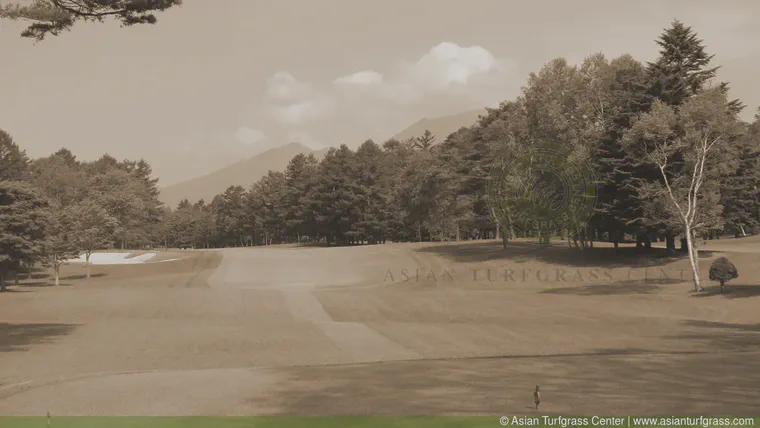
September 11, 1932
There followed a delightful few days in Karuizawa, our last for the summer. Douglas Fairbanks was a most acceptable guest, full of fun, a born entertainer, but surprisingly modest and appreciative … We began Sunday with a swim in the icy pool and then thirty-six holes of golf in pouring rain, Fairbanks shooting consistent 43’s. He is a crack golfer and plays scratch in England. Another eighteen holes on Monday before he returned to Tokyo in the afternoon.
On Monday after lunch we all called on Marquis and Marchioness Tokugawa, who had asked us to lunch, but we couldn’t make it on account of golf. They had once met Fairbanks on a cross-channel boat and wanted to see him again.
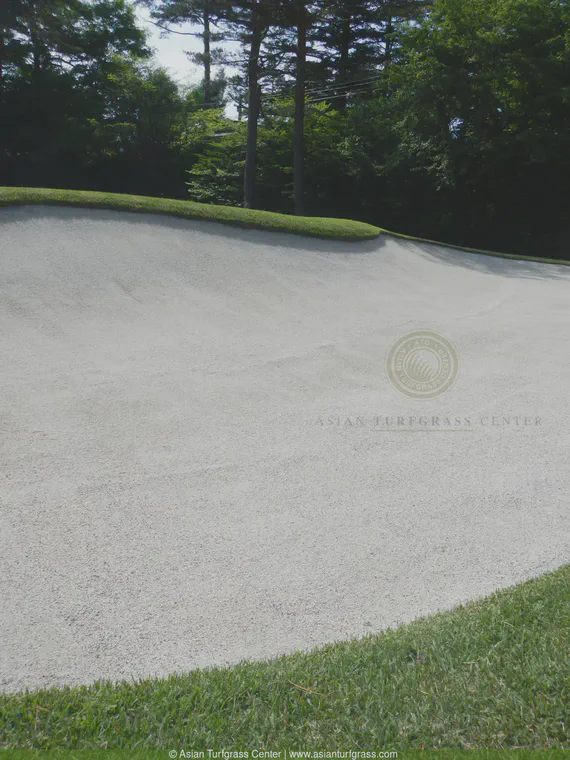
Of course the penalty of publicity could not be entirely avoided even in peaceful Karuizawa: he was continually recognized and pointed out; had to spend most of his time signing autographs, which he always did with excellent grace …; and, of course, the Golf Club was thoroughly stirred, having its best caddies ready and a big group of onlookers at the first tee. Every day he sent his daily cablegram to Mary [Pickford], who is to join him in Tokyo in a couple of months; he is taking a house there for the time being as he wants to get to know the Japanese and have a lot of golf.
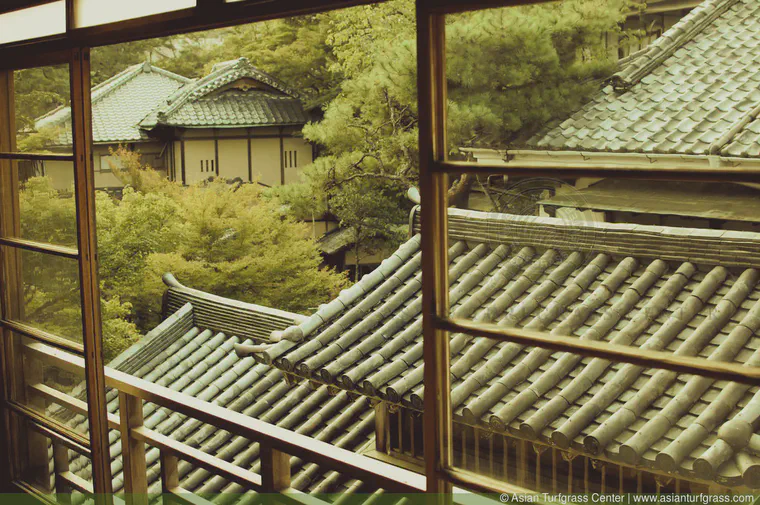
Grew, other embassy staff, and diplomats from other countries were often traveling to Karuizawa, Gotemba, Shuzenji; these places are still attractive summer destinations today.
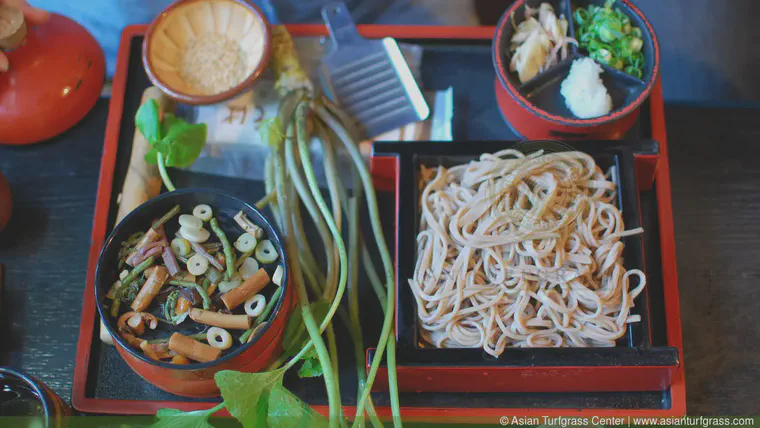
March 14, 1933
Lunched at Hodogaya Country Club and played golf with Goold and Dennison, two Standard Oil men, and Parsons, my private secretary. A most dramatic match. On the eighteenth a par-4 hole, Dennison, who is a star player, and I needed both best-ball and aggregate to win the nine. Parsons went down in a birdie 3. Dennison was fully thirty yards from the green, chipped, hit the bamboo flagpole, and dropped straight into the hole for an eagle 2. That gave us best-ball, but we still needed aggregate. Goold and I had both had trouble; he was on the green in four while I was several feet off the green in the same number. Amazingly my twenty-foot approach over a rough winter green went in for a 5 while Goold was down in 5 also, and thus we saved the day, to the perfect disgust of our opponents, by what can only be called two miraculous shots at the critical moment. Such incidents are half the fun of golf.
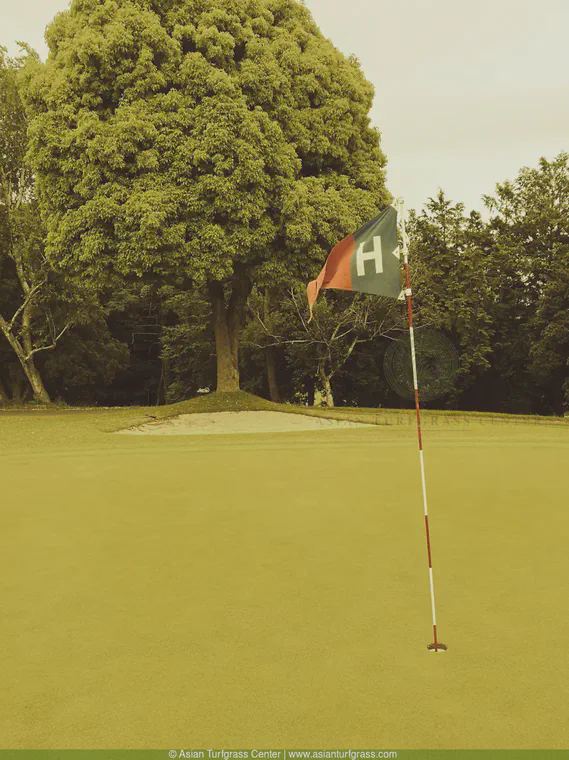
Grew had previously been the United States Ambassador to Turkey from 1927 until 1932.
Speaking of golf, I remember that in Constantinople some of the hard-boiled business men used to chaff the Embassy people rather disagreeably because we didn’t sit at our desks daily from 9 till 6 the way the business men did and therefore were unaccustomed to a real day’s work. But what they forgot is that we, the much-maligned diplomats, are really on the job throughout the twenty-four hours. I arise at 06:30 and get to work at 07:15. If we play golf from 2 till 5, it means, for me, almost invariable work from 5 o’clock up to any hour.
Speaking further of golf, I remember a rule printed in all seriousness on the score cards of the Constantinople Golf Club, to wit: “A ball found in a sun crack, hoof mark, or rut on the putting green may be removed without penalty.” The Turkish cavalry and field artillery, which maneuver in that region, resented the golf course and, in spite of barbed wire protecting it, used to gallop across the links, often when the ground was soft from rain, always concentrating on the putting greens. Encouraging for the golfer!
November 6, 1934
Motored Babe Ruth, Lefty O’Doul, and Shiro Akaboshi, champion of the Tokyo Golf Club, to Asaka for golf, where we managed to finish about fourteen holes in spite of the camera men who pursued the Babe over the course. The Babe hits a tremendous ball, as does O’Doul, and both of them play sound golf but both were out of practice and their shots were not always straight. It amused me to hear the Bambino observe, when he said I was trying to hit the ball too hard (my usual weakness), that it was precisely the same principle in baseball and that if one tried to hit too hard (listen to the King of Swat) one was bound to take one’s eyes off the ball. I haven’t noticed the Babe letting up any at the home plate.
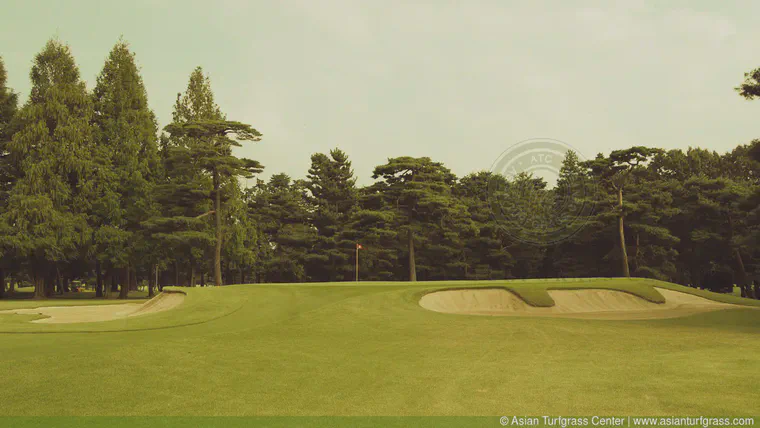
But the real kick of the day for me was to listen to the Babe and Lefty discussing a hundred subjects in the baseball world while we motored out and in. Wish I had a stenographer present. After the game we had to sit on the steps of the Club, with our caddies behind us, and talk for the newsreels [see video clip from this day on YouTube]. Suddenly and unexpectedly told to say something, I observed, so far as I can remember, “Well Babe, it’s fine to see you in Tokyo. I don’t know if you realize what distinguished company you are in to-day. Mr. Akaboshi, champion of the Tokyo Golf Club, and—the worst golfer in the world—myself.”
The Babe responded nobly that he must dispute that title with me as he had been in every blankety-blank trap on the course. He had. But he always got out with his first explosion shot, while I didn’t. Of course the personnel and caddies at the Club were thrilled to the core, and I presented the Babe to such players as we met on the course; “Pleased to know you,” said the Bambino. Of course all Japan has gone wild over him. He is a great deal more effective Ambassador than I could ever be.
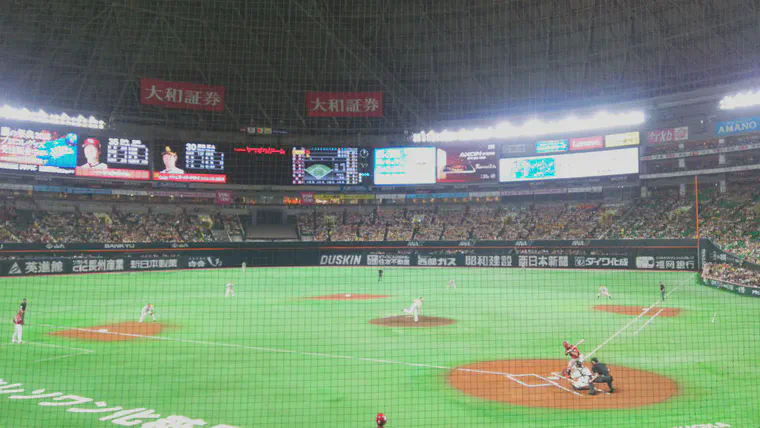
February 1, 1937
This morning I presented President Quezon to the Emperor and after the audience we remained to luncheon, at which were present Prince Takamatsu, the two Matsudairas, and a distinguished gathering. The Emperor talked freely with Quezon, discussing the Davao land question and other issues. In my own talk with the Emperor at luncheon I told him a good deal about the Tercentenary celebration at Harvard and the Japanese art exhibit in Boston, in which he appeared greatly interested. We also thoroughly discussed golf and he seemed much impressed when I told him that I had played on twenty-four different golf links in Japan, which I considered a golfers’ paradise. I have seldom seen the Emperor so affable. Owing to the political crisis and not knowing who was going to be in office at the time of President Quezon’s visit, I had not arranged an official reception, but we did have a fairly large informal tea this afternoon. In the evening Quezon dined with Foreign Minister Arita.
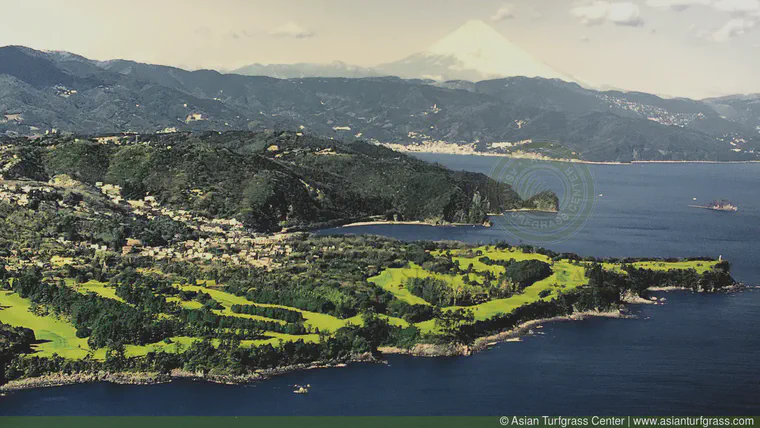
September 20, 1937 Kawana
Eighteen more holes of golf, sixty-three holes in the three days. I ended in a blaze of glory with a birdie 3 on the sixty-third hole. Sunburnt and physically tired but psychologically rested, and that meant much.
Dooman had telephoned that it would probably be necessary for me to see Hirota to-day, so we hurried back after lunch and I found that the Japanese plans to bomb Nanking called for immediate representations.
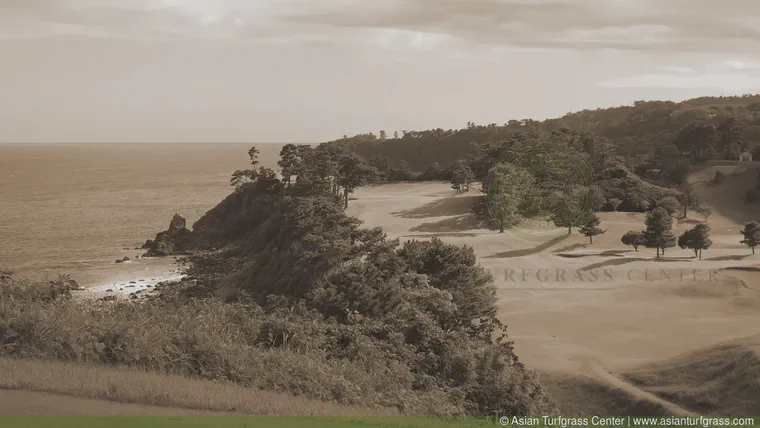
December 13, 1937
This was a black day indeed. As Mondays are generally easy days, owing to the comparative Sunday rest in Washington, we had planned a golfing day at Takenodai [
sic ] with several foreign colleagues and others, but as soon as I saw the morning flight of telegrams from China I gave up all thought of an outing, changed my clothes, and went to see Hirota at 11.30. The Japanese were shelling the retreating remnants of the Chinese troops fleeing from Nanking by way of the Yangtze and indiscriminately firing on all ships whether native or foreign, having repeatedly been instructed by the military command to do so.
Grew goes on to describe the USS Panay sinking that happened later that day.
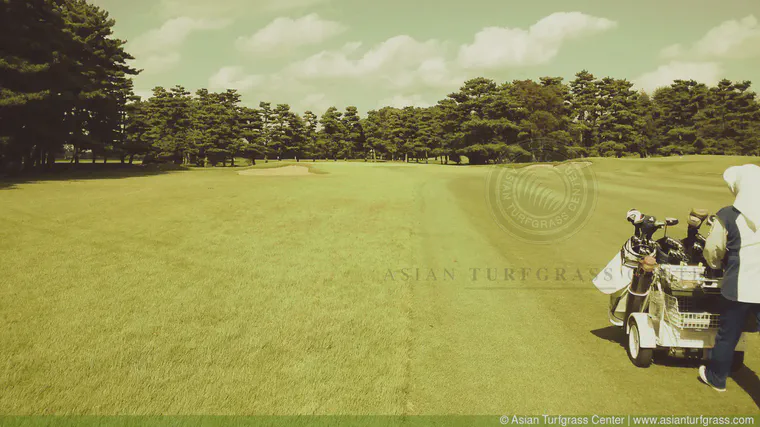
July 1, 1938
We have analysed the changes in the cabinet. They indicate a realization that Japan is in for a long pull, and for the first time since the beginning of the hostilities a war-time psychology and economy are being created which remind us of the old war days in Germany. Food is not yet much interfered with but many materials are now to be taboo to the public, including leather, so that shoes will no longer be made and the people will be encouraged to return to the old wooden
geta . At last they are really digging in. Golf balls, being made of rubber, are prohibited, and I foresee a dwindling if not a termination of golf in the not distant future, with probably all or most of the courses eventually closed. That, if anything, will bring home to many Japanese that their country is really at war.
September 1, 1940
Several of the golf clubs have announced that hereafter there shall be no tournaments for trophies, no caddies, no week-day playing, no players under the age of twenty, no arriving at the course in automobiles, no wearing of knickerbockers in trains or trams, and that all silver trophies possessed by members shall be turned in to be melted up for the good of the nation. It is furthermore emphasized in the announcement that golf is to be played hereafter only for the purpose of building up physical stamina. Again, what a blow to a golfer’s paradise, as I have often called Japan.
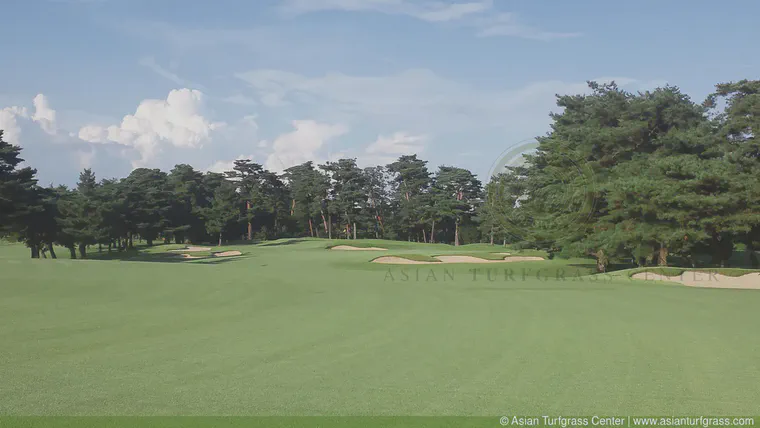
October 9, 1940
For the first time in many weeks I went out to Kasumigaseki to-day to play in the semi-annual American Club tournament, about seventy minutes from Tokyo, and of course the Foreign Office took just this occasion to call me back in a hurry.
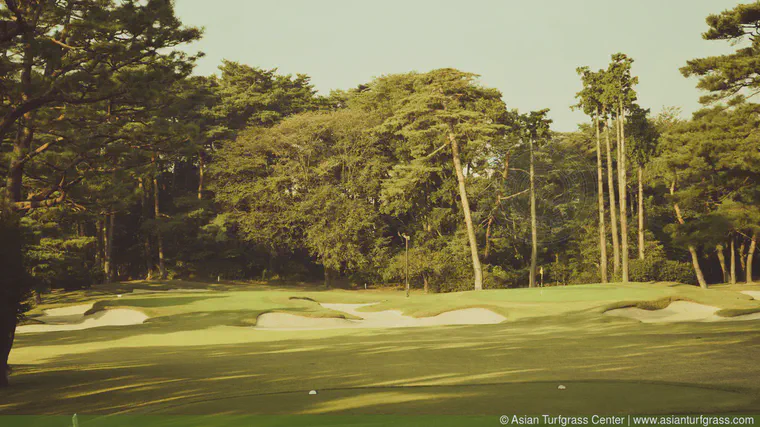
February 22, 1941
In a group at the French Embassy at one of their Friday “at homes” Baron Fain, Counsellor of the French Embassy, asked how my golf was going. I said" “Why is it, my dear Baron, that whenever a colleague or a Japanese opens a talk with me, instead of commenting on the weather he almost always asks about my golf?” “Why, Mr. Ambassador,” replied Fain, “your golf is the thermometer which measures the temperature in the Diplomatic Corps. If a week goes by without your playing golf, the fact is cabled to every chancellery the world over, for the situation is then indeed critical.” I said: “Well, call me up to-morrow night and I’ll tell you in strict confidence whether I was able to get my now once-a-week Saturday afternoon game.”
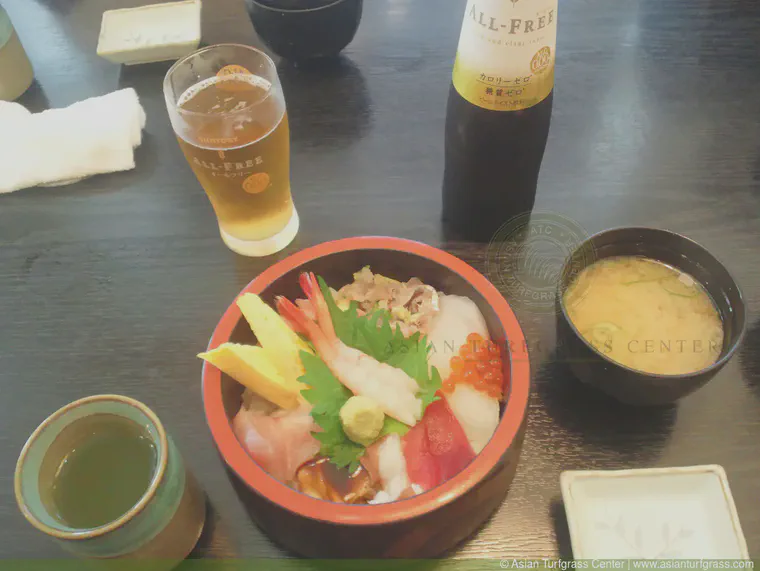
April 15, 1941
During my absence in Kawana a report was circulating in Tokyo that Japan intended to attack Singapore within a few days, even before Matsuoka’s return. It became so persistent that some of the correspondents cabled it home and, since the diplomats were all worked up about it, the Embassy had to cable the report to Washington.
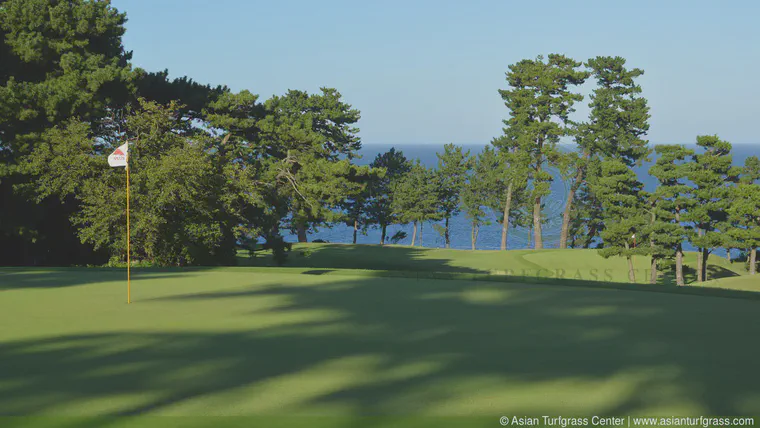
July 5, 1941
I immediately wrote a letter to the Prime Minister which was sent to his private residence by safe hand, asking if I could see him to deliver a message from the President, and saying that I would be glad to meet him at any suggested place in order to avoid publicity. His private secretary, Ushiba, called on my shortly thereafter and said that the Prime Minister would be glad to see me but he feared publicity if I should come to his residence, and suggested that we might meet on some golf course. It happened, however, to be a Sunday when all the courses were crowded and the next day was to be a holiday, so that Prince Konoye thought it would be difficult to meet until Tuesday or Wednesday. I said that as the matter was very urgent I could not delay, but that in order to spare the Premier any embarrassment I would send the President’s message through Ushiba himself, and I thereupon communicated it to him, saying that I would remain in the Embassy all day awaiting a reply.
Pearl Harbor was bombed on December 8 Japan time, December 7 US time. After that, the United States and the Empire of Japan were at war, and Grew along with the other Americans were interned within the embassy grounds until they were repatriated in the summer of 1942 (via Mozambique).
But did the golf stop? It did not.
December 13, 1941
Furthermore, Commander Stone, our Assistant Naval Attaché, laid out a cleverly constructed golf course in the lower compound, for chip shots and putts, which gave us opportunity for exercise and amusement. It was duly opened with a ceremony and tournament, won by Bohlen. The course was christened “The Greater East Asia Black Sulphur Springs Championship Golf Course,” the latter allusion being to a report that Japanese in Washington were interned at White Sulfur Springs.
January 4, 1942
Made my first hole in one on our Embassy golf course. The course is 422 yards long, nine holes, with small putting greens and everything. One of the shots goes over or around one of the apartment houses and those who elect the straight over-the-roof shot run risks, but only one window has been broken so far. The fish in the reflection pool are having a lovely time—if they like old golf balls.
January 9, 1942
About one-half of the Foreign Office was burned in a big fire during the night. It appears that some of the records concerning our eventual evacuation were destroyed, and although the Swiss Minister will furnish extra copies of his own notes, I fear that this may delay matters beyond the delay already encountered. We are, however, fairly comfortable, except for the intense cold of the house due to necessary economy in fuel (the heating is never turned on until late afternoon). The days pass quickly. I work in the morning from breakfast until 11:30; then golf for an hour or so in order to get a little exercise and fresh air; early to bed. Plenty of time for good reading.
March 27, 1942
Mrs. Tillitse, wife of the Danish Minister, wrote Alice that Kishi had finally managed to arrange for us to play golf outside and that he hoped to play with me himself. I told the staff of my attitude and then wrote a letter to Mrs. Tillitse.
The letter was dated March 29.
Dear Mrs. Tillitse,—Alice has told me of Mr. Kishi’s efforts to arrange for us to play golf and the fact that his efforts appear to have been finally successful. I sincerely appreciate what he has done, and I shall be very grateful if you or the Minister will find occasion to tell him so from me. …
Unfortunately, there are a number of reasons why I cannot accept the invitation to play golf, and I think that in view of Mr. Kishi’s efforts it is only right that he should know these reasons. The Swiss Minister made similar efforts long ago, but I told him at the beginning that I would definitely not accept such an invitation and I asked him to desist. As a matter of fact, the manager of one golf club told the Minister that it would be embarrassing to the members if we were to come there, and I certainly would not wish to place myself in that position in any club. The embarrassment would be mutual.
But there are even more fundamental reasons why I could not accept such an invitation. Nearly four months have gone by, during which we were not permitted to leave our Embassy except for medical reasons. Now, just as the date for our evacuation in approaching, the authorities deign to permit us to go to some golf links—perhaps once, perhaps twice—I do not know. The assumption is logical that this is now being done for the purpose of putting a more favourable light on the record of our internment, and knowing the way in which the Japanese propaganda office functions, I have little doubt that were I to accept such an invitation, full publicity would be given to it as an indication of our considerate treatment during this entire period. Yet our treatment has been very far from considerate, and at the beginning it was contrary to all concepts of international usage. We were treated not only as prisoners but as criminal prisoners, and throughout our internment we have been subjected to repeated indignities and humiliations by the police. I will not bore you with a recitation of these things, but it will be difficult ever to forget them in future.
Grew thought Japan was a golfers’ paradise in the 1930s. Many of the courses that he played then still exist today, along with almost 2,000 more that have been built since then. If it was a golfers’ paradise then, it is even more so now.